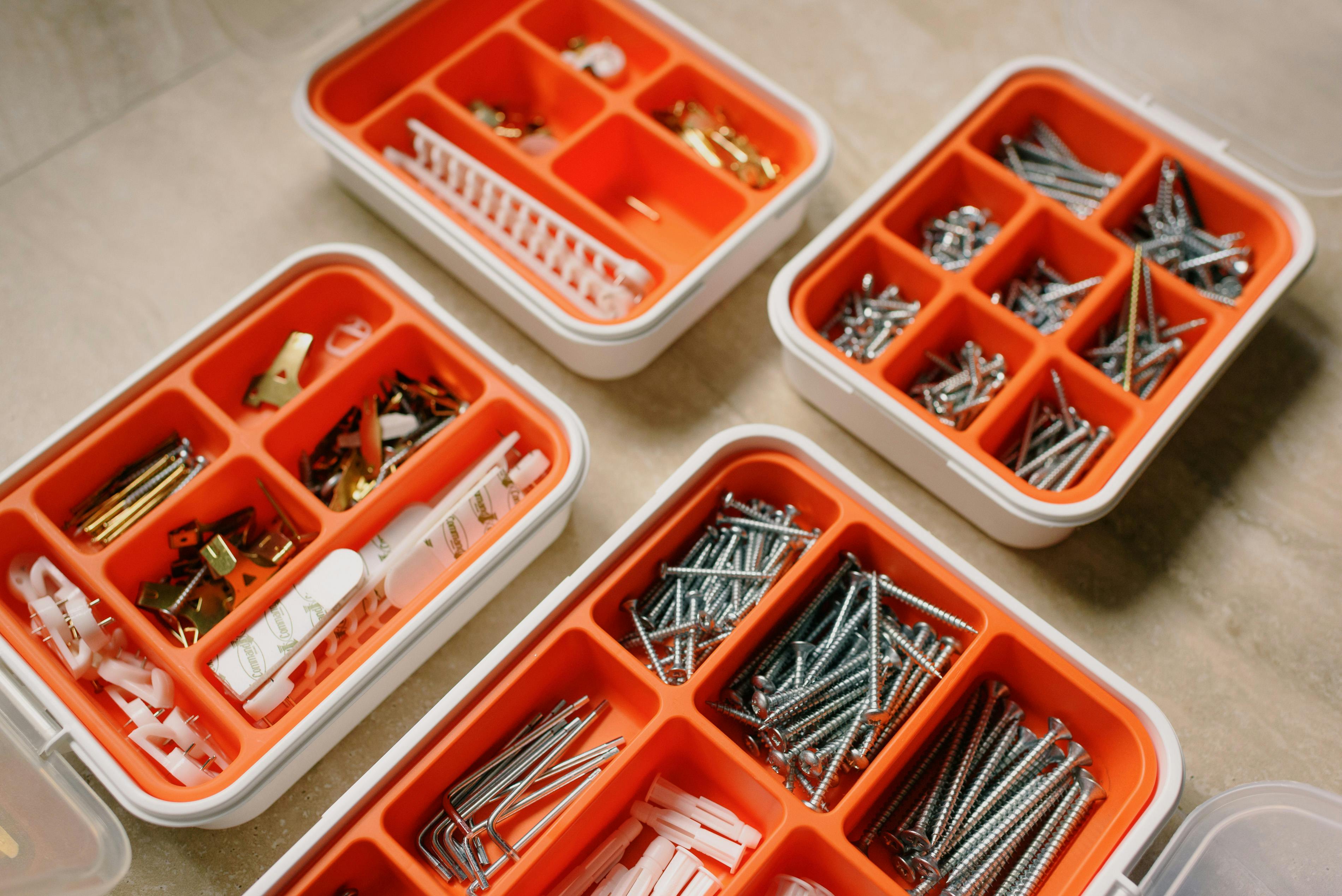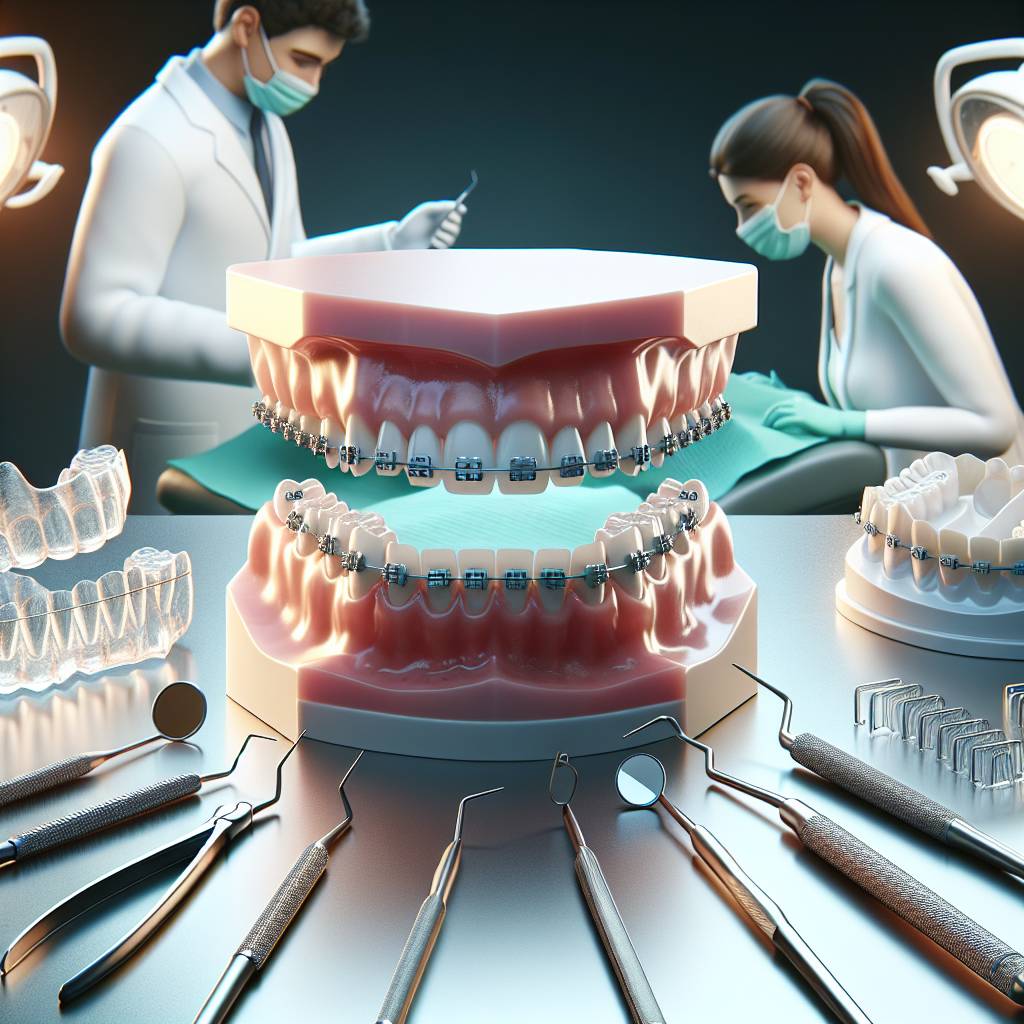Having overcrowded teeth can be a difficult situation to find yourself in. It can make it difficult to properly brush and floss your teeth, leading to an increased chance of cavities, gum disease, and other dental issues. Luckily, there are several effective treatment options that can help you fix overcrowded teeth and restore your smile. In this article, we will cover the different ways you can address overcrowded teeth and what you should consider before deciding on a treatment plan.Overcrowded teeth can be caused by a variety of factors. One of the most common causes is that the jawbone does not have enough room to accommodate all of the teeth. This can be due to genetics, poor oral hygiene, or certain medical conditions that affect the size and shape of the jawbone. Other factors that can contribute to overcrowded teeth include misaligned teeth, extra teeth, or a habit of thumb sucking or pacifier use in young children. Lastly, overcrowding may also be caused by an incorrect bite pattern due to issues with facial muscle development or an improper fit of dental appliances.
Are Overcrowded Teeth a Serious Issue?
Yes, overcrowded teeth are a serious issue that should not be overlooked. If left untreated, overcrowding can lead to a variety of complications, such as gum disease, tooth decay, and malocclusion. Additionally, crowded teeth are more difficult to clean and can cause discomfort when chewing or speaking. This issue is particularly common in children and adolescents; however, it can occur in adults as well.
Treatment for overcrowded teeth typically includes braces or other orthodontic appliances. This treatment can help to straighten the teeth and improve the appearance of the smile. In some cases, the dentist may decide to extract one or more teeth in order to make room for the other teeth to move into place.
It is important to note that overcrowding does not always require treatment; however, if it is causing discomfort or affecting your oral health in any way, it is best to seek professional advice from your dentist. With proper care and treatment, you can achieve a healthier and more aesthetically pleasing smile.
Overall, overcrowded teeth are a serious dental issue that should not be overlooked. It is important to seek professional advice from your dentist if you are experiencing any discomfort or adverse effects on your oral health due to overcrowding. With the right care and treatment plan, you can restore your smile back to its natural beauty!
Overcrowded Teeth
Overcrowded teeth occur when the size of the jaw is too small to accommodate all the teeth. This can cause teeth to become crooked, overlap, or even become impacted. It is a common dental problem that affects people of all ages, but it is more common in children and adolescents as their jaw is still growing.
Signs and Symptoms
The most obvious sign of overcrowded teeth is crookedness or misalignment of the teeth. You may also notice that your teeth are overlapping or that some of your teeth are coming in at an angle or are impacted. Other signs include difficulty brushing and flossing due to overcrowding, difficulty biting and chewing because of misalignment and overcrowding, and pain in the jaw joint due to overcrowding.
Risk Factors
There are several risk factors associated with overcrowded teeth, including genetics, habits such as thumb sucking or pacifier use, early loss of baby teeth, and poor dental hygiene. In some cases, an abnormally large tongue can also contribute to overcrowding.
Diagnosis
Your dentist will be able to diagnose overcrowded teeth by examining your mouth and taking X-rays to get a better look at the structure of your jawbone and tooth arrangement. Your dentist may also ask you about your family history of dental problems as well as any habits that you have that may be contributing to the problem.
Treatment Options
The treatment for overcrowded teeth depends on the severity of the problem and may include orthodontic braces or other orthodontic treatments such as headgear or retainers. In some cases, surgery may be necessary to correct severe cases of overcrowding. Your dentist will work with you to determine which treatment option is best for you based on your individual needs.
Treatments for Overcrowded Teeth
Overcrowding of teeth can be an aesthetic concern as well as a source of discomfort. Fortunately, there are several treatments available to address this condition. Orthodontics is the most common and effective way to treat overcrowding of teeth. Orthodontic braces are used to move teeth into a more ideal position, giving the patient a healthier, straighter smile. Invisalign is another option for those who don’t want traditional metal braces. This treatment uses clear plastic aligners to gradually move teeth into their desired position.
For more severe cases of overcrowding, tooth extraction may be necessary in order to create enough room for the remaining teeth. In some cases, dental implants may be necessary if one or more teeth are missing due to overcrowding. After treatment is complete, dentists may recommend dental veneers or bonding in order to improve the appearance of the smile. These cosmetic treatments can help create a beautiful and natural-looking smile after orthodontic treatment is complete.
It is important to consult with an experienced dentist or orthodontist in order to determine the best course of action for treating overcrowded teeth. With the right treatment plan, patients can achieve a healthier and more attractive smile.
Should I See an Orthodontist for Treatment?
If you have misaligned teeth, overcrowding, or an overbite, it may be time to consider seeing an orthodontist. Orthodontists are dental professionals who specialize in correcting misaligned teeth and jaws. They can help you improve your oral health and give you a beautiful smile.
Before deciding to seek orthodontic treatment, it is important to know what type of problem you have and why orthodontic treatment is necessary. Your dentist may recommend that you visit an orthodontist for further evaluation and diagnosis. An orthodontist will be able to assess your condition and provide the best possible solution for your needs.
Once a diagnosis has been made, your orthodontist will discuss with you the various treatment options available for your specific issue. He or she will explain the risks, benefits, and costs of each option so that you can make an informed decision about which one is right for you.
Orthodontic treatment may involve braces, retainers, aligners or other appliances that are designed to help move teeth into their proper positions. The type of appliance used will depend on the severity of the problem as well as the patient’s individual goals and preferences. In some cases, orthodontists may also recommend corrective surgery if it is deemed necessary.
It is important to keep in mind that different types of treatments take different amounts of time before achieving results. Depending on your individual case, treatment could take several months or even years. In any case, it is important to follow your orthodontist’s instructions carefully in order to get the best results possible from your treatment plan.
No matter what type of problem you have with your teeth or jaw alignment, seeing an orthodontist can help improve both your oral health and appearance. If you think you need orthodontic treatment, make sure to speak with a qualified professional before making any decisions about how to proceed with your care.

What Are the Benefits of Orthodontic Treatment?
Orthodontic treatment can offer a range of benefits for anyone who is looking to improve their smile. Not only can orthodontic treatment help to straighten crooked teeth, but it can also improve the overall alignment of your jaw, reduce the risk of tooth decay and gum disease, and increase your self-confidence. In addition, orthodontic treatment can make it easier to brush and floss properly, which helps to keep your teeth healthy in the long run.
One of the most obvious benefits of orthodontic treatment is that it can help to straighten crooked teeth. Crooked teeth are often caused by overcrowding or misalignment and can lead to difficulty brushing and flossing properly. By straightening your teeth with orthodontic treatment, you can improve their appearance and make them easier to maintain.
In addition to straightening crooked teeth, orthodontic treatment can also improve the overall alignment of your jaw. Orthodontists use braces or other appliances such as retainers or expanders to align the jaws properly so that they fit together correctly when you chew or speak. Improper alignment of the jaws can cause pain in your jaw, neck, and head as well as difficulty chewing or speaking properly.
Another benefit of orthodontic treatment is that it reduces the risk of tooth decay and gum disease. Crooked teeth are more difficult to clean than straight teeth, which makes them more likely to suffer from cavities or gum disease if they are not taken care of properly. Orthodontics helps reduce these risks by making sure that all surfaces are accessible for brushing and flossing so that bacteria cannot build up around the edges of your teeth and cause damage over time.
Finally, orthodontic treatment can increase your self-confidence by improving the appearance of your smile. A straighter set of teeth is often seen as more attractive than a set with gaps or overcrowding, which may improve how others perceive you as well as how you feel about yourself.
Types of Orthodontic Appliances Used to Fix Overcrowding
Orthodontic appliances are used to correct a variety of issues, including crowding of teeth. Crowding occurs when there is not enough space in the jaw for all the teeth to fit properly. Correcting overcrowding can lead to improved dental health and even improve facial aesthetics. There are several types of orthodontic appliances that can be used to address overcrowding, such as braces, aligners, retainers, and expanders.
Braces are the most common type of orthodontic appliance used to correct overcrowded teeth. They consist of brackets that are bonded to the front surface of each tooth, an archwire that runs along all the brackets, and elastic bands that hold the archwire in place. The brackets guide the teeth into proper alignment as they move along the archwire. Braces can be made from metal or ceramic materials and come in a variety of colors and styles.
Aligners are another type of orthodontic appliance used to fix overcrowding. They consist of clear plastic trays that fit over the top and bottom rows of teeth. The trays apply gentle pressure on the teeth so they gradually shift into their proper position over time. Aligners must be worn for at least 22 hours a day for best results and must be changed every two weeks as directed by your orthodontist or dentist.
Retainers are another type of orthodontic appliance commonly used after braces or aligners have been removed from a patient’s mouth. Retainers hold the teeth in their new positions while allowing them to shift slightly if needed over time without causing any damage or misalignment issues. Retainers typically come in removable plastic trays or permanent metal wires that attach directly to the backside of each tooth with small brackets or bands.
Expanders are devices placed on either one or both arches in a patient’s mouth with the goal of widening the jawbone so there is more room for all the teeth to fit properly without crowding each other out. Expanders use gentle pressure applied over time until they have achieved their desired effect and create lasting results without needing further treatment after removal from a patient’s mouth.
How Long Will Treatment Take to Complete?
The length of time required for treatment to be completed can vary from person to person. It depends on the type of treatment, the severity of the condition, and the individual’s response to the treatment plan. Generally, it takes several weeks or months for a patient to complete their treatment plan. If a patient is responding well to treatment, they may be able to complete it sooner than expected. However, if the condition is more severe or complex, it may take longer for treatment to be completed.
In order to determine how long it will take for treatment to be completed, you should discuss your individual situation with your healthcare provider. They will be able to provide you with an estimate based on your specific condition and response to treatment. Additionally, they can provide information about what you can expect during each stage of the process and any potential risks associated with the treatment plan.

Conclusion
The best way to fix overcrowded teeth is to visit an orthodontist and discuss treatment options. Orthodontists can provide braces or other corrective appliances that can help move teeth into the correct position. In some cases, tooth extraction may be needed to create enough space for the remaining teeth. A dentist or orthodontist can assess your individual situation and recommend the best course of action.
No matter what treatment is chosen, patients should be aware of the risks associated with overcrowded teeth, such as periodontal disease and tooth decay. Taking proper preventive measures, such as brushing twice a day and flossing, will help keep overcrowded teeth healthy and reduce the risk of more serious dental problems in the future.
In conclusion, overcrowded teeth can cause a variety of dental health issues if left untreated. Consulting an orthodontist is the best way to determine which treatment option is right for you so that you can regain a healthy smile.

